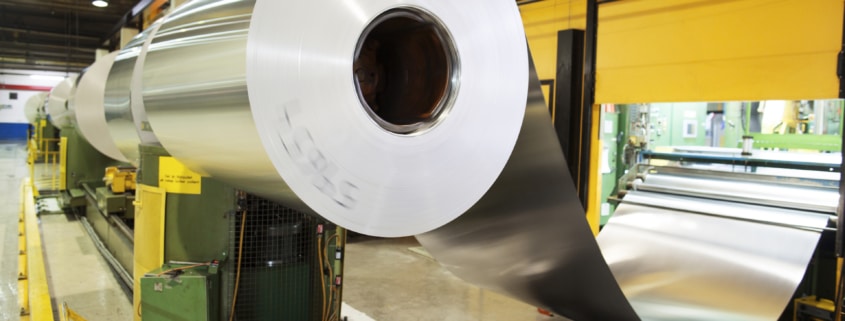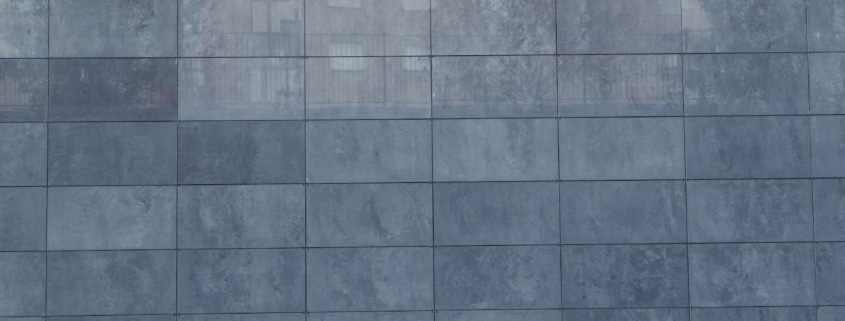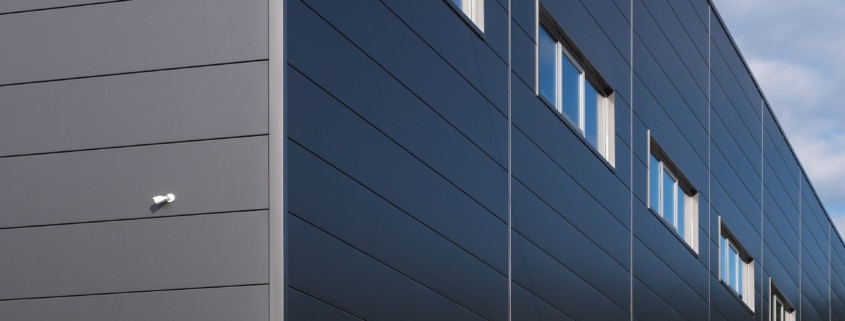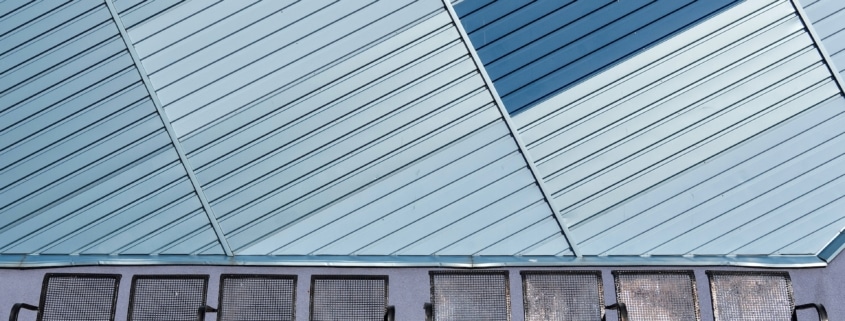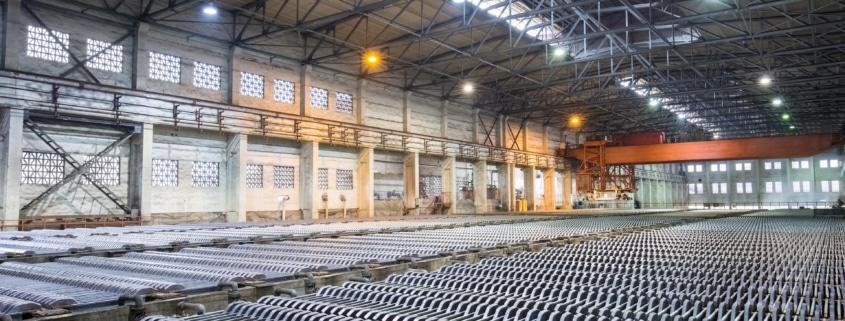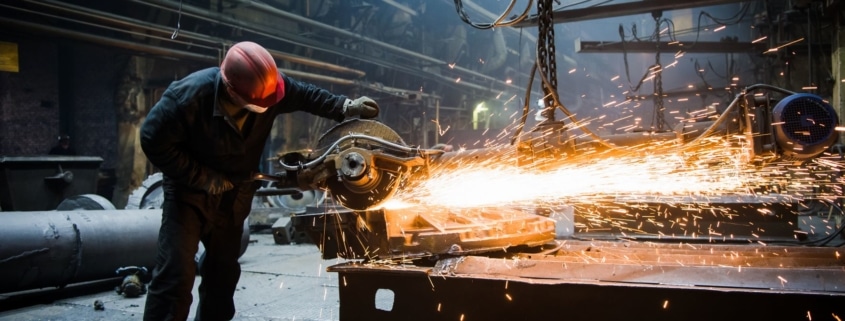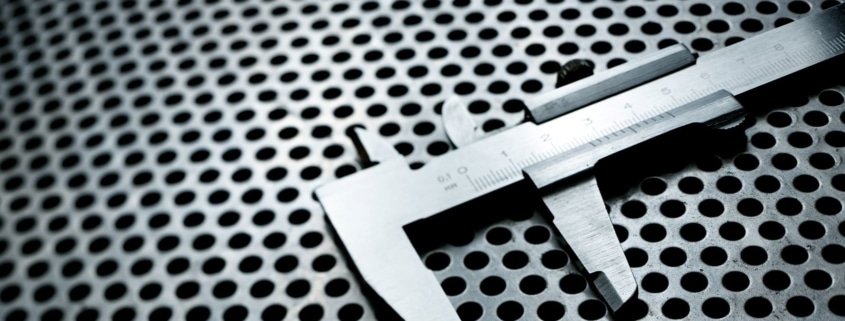When it comes to preparing for architectural and construction projects, choosing the right metal fabrication company to supply your raw materials is a choice that’s both vitally important and potentially very tricky. Many companies seem very similar to one another on the surface, and it can be hard to decide who is ultimately trustworthy and reliable enough to commit to.
For many designers and architects, the answer to this conundrum is as simple as “who offers the lowest rates?” However, there are many other vitally important factors at play when it comes to deciding on a metal fabrication company, and this article will walk you through all the most important ones.
Experience
Anyone deciding between competing companies should consider how long each of those companies has been in business. Any well-established firm will have a “portfolio” of past projects demonstrating not only the quality of their work, but also the type and scale of projects they have experience with.
Experience gives a company a wider range of proven solutions on prior projects to draw on. Experience allows a company to have seen the larger picture.
Workforce
Another vital factor that you must consider is the size of the workforce available at different companies. Ultimately you need to choose a business with a staff that’s sufficiently big to complete your project on your schedule, and major projects will require a major staffing pool. You need to be sure that the employees at the manufacturer are highly skilled, experienced, and capable of delivering top results on your project.
Location
While an architectural metal company located in your own city will definitely save on shipping costs, it may be that the only firms with the expertise or equipment that your project requires are located further afield. While a local metal fabricator is an attractive choice, you shouldn’t limit your search to your immediate area – better a more expensive manufacturer a few cities over than a local company that won’t meet your needs.
Equipment & Capabilities
Most metal fabrication companies will have a particular arena of expertise or specialization that will determine both the kinds of projects they take on and the kind of equipment and facilities available to them. A firm that specializes in manufacturing car parts is probably not the right choice if you need metal cladding for the exterior of a building.
The best companies have invested enough in themselves to have access to cutting edge technology and fabrication processes, and are fully prepared to provide high quality metal of the right type, grade, and gauge for your project.
Quality of Work
Naturally, anyone looking for a metal fabricator wants a company that can produce high quality materials. Apart from looking at past work and reviews from old customers, you can identify a reliable company by ensuring that they’re familiar with quality standards and by asking about their QA process and how the company ensures their work complies with it.
Pricing
We mentioned that pricing is the only consideration on many designer’s minds when deciding between metal fabrication companies. While it’s a bad idea for cost to be the only factor in your decision, it’s undeniably an important part of the equation.
Be informed of what average market prices are by looking into different options, and be cautious of anyone charging much more or much less than average rates. Lastly, when considering a price quote, be careful that every area of your project is outlined and accurately represented in your estimate to avoid surprise costs.
Finishing
It must be remembered that the actual, physical construction of your project is only part of the process – the construction materials must be blasted, painted, and finished as well. Choosing a company that doesn’t have the capability to fully process architectural metal will end up costing your project extra time and money as they have to subcontract another firm to actually finish the materials. To optimize cost and efficiency you should choose a metal manufacturer who can do it all.
Stability & Dependability
For those who like to be very thorough and don’t mind a bit of extra research, you can also look into the overall dependability of a metal fabricator. This can be done by asking a company for references, looking them up on the BBB, or by asking them about their financial practices. A company that can direct you to multiple happy customers or one with a reputation for always paying their suppliers on time is generally a company you can trust.
Choosing the Best
Although it isn’t necessarily easy, making a smart choice about a metal manufacturer is a necessity for any successful architectural project. Fortunately, MetalTech Global meets all the requirements for a reliable, high quality, fabricator you can trust.
MetalTech Global are the most experienced in the country with manufacturing, designing, and engineering of zinc building enveloping systems. With years of experience in the field, we are the top fabricator and distributor of coil, sheet, and finished architectural metal in the country, and the largest stocking center of architectural zinc in North America. With our state of the art facilities we are capable of processing, reprocessing, and custom manufacturing zinc, copper, steel, and more to fit any need for our clients. Contact us today for a consultation on what we can do to help your next project succeed.

